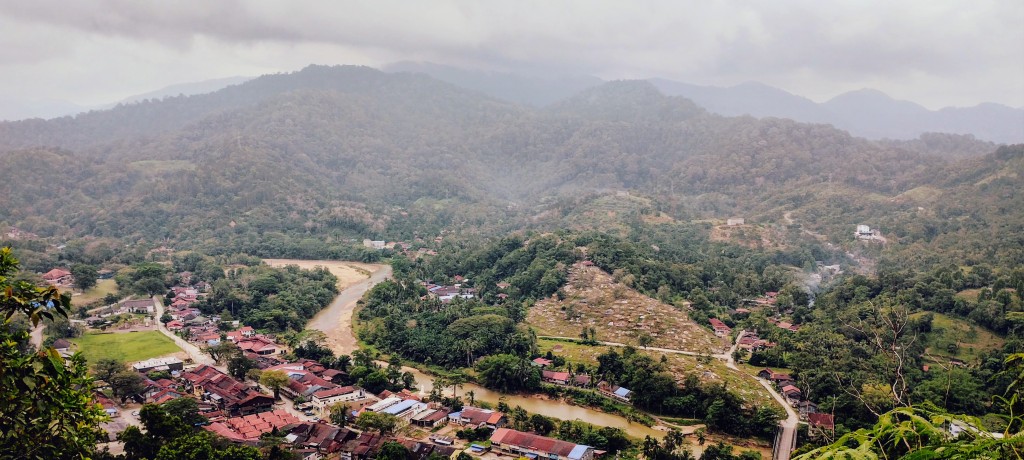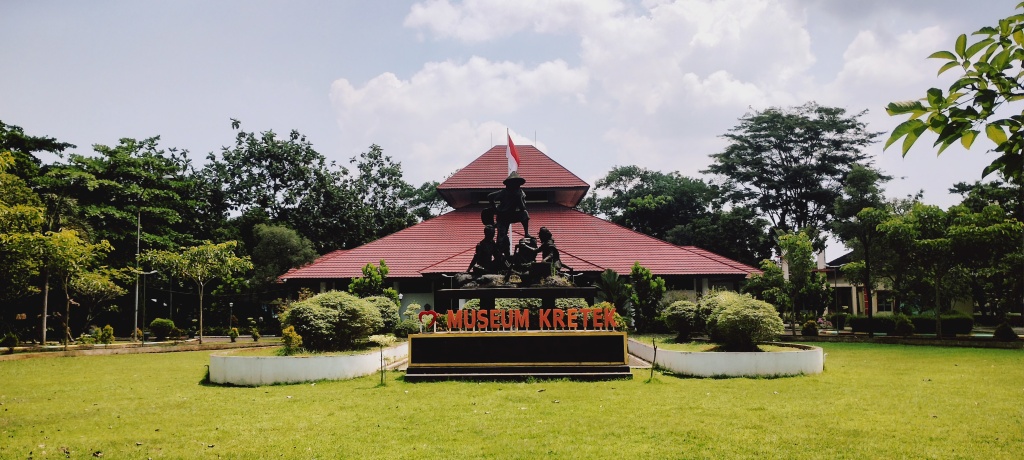Sumenep, on the island of Madura, is one of Indonesia’s great mysteries. Once the crucible of the country’s modern foundations, it is now an oft-neglected regency of rural calm, vibrant culture, delicious food and deserted beaches. The welcome is extremely warm, too…
1. The bull racing

A kinetic introduction to life in Sumenep, the notorious karapan sapi bull races have their home at Stadion Giling.
From a folkloric perspective, the event is woven intrinsically with the regency’s DNA. Far back in the mists of time plough teams would race across fields, which eventually mutated into today’s races. Theoretically, it’s a simple game: two pairs of bulls, bedecked in colourful liveries with their young ‘jockeys’ perched behind on wooden sledges, thunder down the track with all the drama of an ancient chariot battle.
However, in practice, it’s a far more sensory affair. Livestock is big business in Indonesia, as is the glory associated with it; as such, plenty of prestige rides on the outcomes of these races. Bribes and subterfuge are commonplace, as is the deployment of black magic practitioners to weave their spells on opposing bovines.
Factor in a crowd frenzied beyond all reason, and there remains a spectacle dangling precariously ‘twixt healthy competition and all-out chaos.
Pro tip: Keep an eye out for loitering tour groups. Exhibition bouts tend to be part of their package tours, so there’s a good chance you can tag along and see a race that way; they take place at the stadium at 3pm.
2. The culture

The first thing visitors to Sumenep will notice is the disarmingly warm welcome, tinged with the merest hint of friendly incredulity. Tourists are a rare breed here, after all, and citizens make it their duty to welcome outsiders warmly; not for nothing is it known as the ‘Soul of Madura’. Selfies, handshakes and invitations to hang out are all commonplace happenings in Sumenep.
Read more: Visiting a new place? Head straight for its gut.
There’s no better opportunity to discover the region’s history, too. Perhaps the visitor will learn about Topeng Dhalang, the wooden masks crafted exclusively in Slopeng. These distinctive wooden visages, replete with intricate designs, are treasured across Java as the centrepiece of traditional dance performances.
Equally, they might receive an invitation to the Tong Tong music festival, a celebration of the region’s founding. Thousands line Kota’s streets as bands of percussionists, trumpeters, dancers and singers, resplendent in traditional costumes and transported on a procession of ornately carved carts, weave together Madurese songs and music.
Pro tip: Since many events are by word of mouth, head to one of the region’s many coffee shops to get the lowdown. These are the social scenes of choice, and somebody somewhere should know what’s going on. Take a pick from the larger, cavernous venues replete with live music and karaoke, such as Java In or Ramio, or enjoy the intimacy of smaller haunts as found in Tabularasa or Mbahid.
3. The food

Effortlessly delicious and down-to-earth Madurese cuisine
Eating is a cheap, no-frills affair in Sumenep where simple warung restaurants, usually of the point-and-pick Padang variety, are commonplace. Here the usual Indonesian staples – rice, noodles, satay, tofu, tempe, water spinach and so forth – are down-to-earth, filling and effortlessly delicious.
Happily, the region also has its own distinct delicacies to share. Nasi jagung, a unique blend of rice and corn, is a signature dish, while rujak should appeal to Gado-Gado fans thanks to its combination of banana leaf, vegetables, peanut sauce and fermented petis shrimp paste. For added authenticity watch it being made at roadside stalls using the traditional flat cobek mortar and pestle.
There are rich pickings for those with a sweet tooth, too. Gettas, gooey fried lumps of glutinous rice and grated coconut covered in sugar, is a popular snack, as is angsle, a soup-like dish of milk, bread, peanuts and boiled green beans. The daintiest sweet prize goes to jubede, a miniature roll made from rice flour and brown sugar, all tied up in a tiny bow.
4. The sights

Given its heritage, Sumenep is a regency defined by understated, but stirring grandeur.
Head to Keraton Sumenep, the former palace complex, to get a feel for the region’s past. Ancient relics, weapons, manuscripts and assorted ephemera, including a horse carriage from the Queen of England, are featured, and there is often the chance to witness Madurese folk ensembles ply their trade. These musicians, sporting silk outfits and playing in the gamelan tradition, inspire a hypnotic fervour as choreographed dance moves merge with an insistent combination of gongs, drums and double reed.
Sumenep’s cultural centre lies in Masjid Agung Sumenep. Completed in 1787, the mosque boasts a striking white and yellow gateway, while on any given day markets, food stalls and more contribute a healthy buzz of activity.
Equally popular are the royal tombs of Asta Tinggi. A renowned pilgrimage site, they demonstrate a unique blend of Hindu, Chinese and European architecture, while also offering a prime elevated spot to enjoy Sumenep’s rugged, windswept terrain.
Pro tip: If you need a ride the Grab app is available in Sumenep and has pretty good coverage. For a more traditional method of getting around try out a wooden becak rickshaw or one of the ubiquitous ojek motorcycle taxis; you won’t fail to miss either.
5. The islands

There are 126 islands around Sumenep, 44 of which are inhabited. Outside of holidays and weekends, many are deserted and offer an attractive escape from the crowds of nearby Bali.
Those seeking solitude should head for Gili Labak. This pocket-sized teardrop, home to only 50 people, offers a real insight into local fishing practices, with triangular bagan frames dotting the shoreline. It’s also a great place to see traditional selerek boats, many of them bedecked with colourful liveries in tribute to the Goddess of the sea.
Serenity is also the byword on Gili Iyang. Known as Pulau Oksigen due to higher-than-average oxygen levels, it is a rocky island offering atmospheric sea views. Ancient caves and a shark fossil add historical flavour to proceedings.
Worth checking out too is Gili Genting, home to popular Pantai Sembilan, so-called because of its resemblance to the number nine.
Pro tip: Stay overnight to fully savour the islands’ rural charm. Contact Ramdan at the extremely helpful Tourist Information Center on +62 813 3428 7550 to arrange accommodation.
6. The history

Sumenep has played a considerable role in Indonesia’s development, traceable to the Mongol invasion of Java. A period of rebellion had seen Raden Wijaya, heir to the Kingdom of Singhasari, flee to Madura in 1292 following a coup d’etat by Jayakatwang, Kediri’s viceroy.
It was in Kota Sumenep that the area’s governor, Aria Wiraraja, implemented the scheme to establish a new kingdom: he and Wijaya, freshly arrived in the regency, would ally themselves with the Mongol horde to defeat Jayakatwang. The plan worked, and by 1293, Jayakatwang tasted defeated. The coalition forces then turned their attention to routing the invaders. Power thus gained, a new Javanese kingdom, Majapahit, was forged with Wijaya at its head.
It would prove to be one of Indonesia’s most enduring empires, one that stretched from Sumatra to West Papua. Such was its influence, Majapahit’s red and white royal colours even inspired Indonesia’s current flag.








Leave a comment